Trail Location 2: South Fairmount's Little Italy
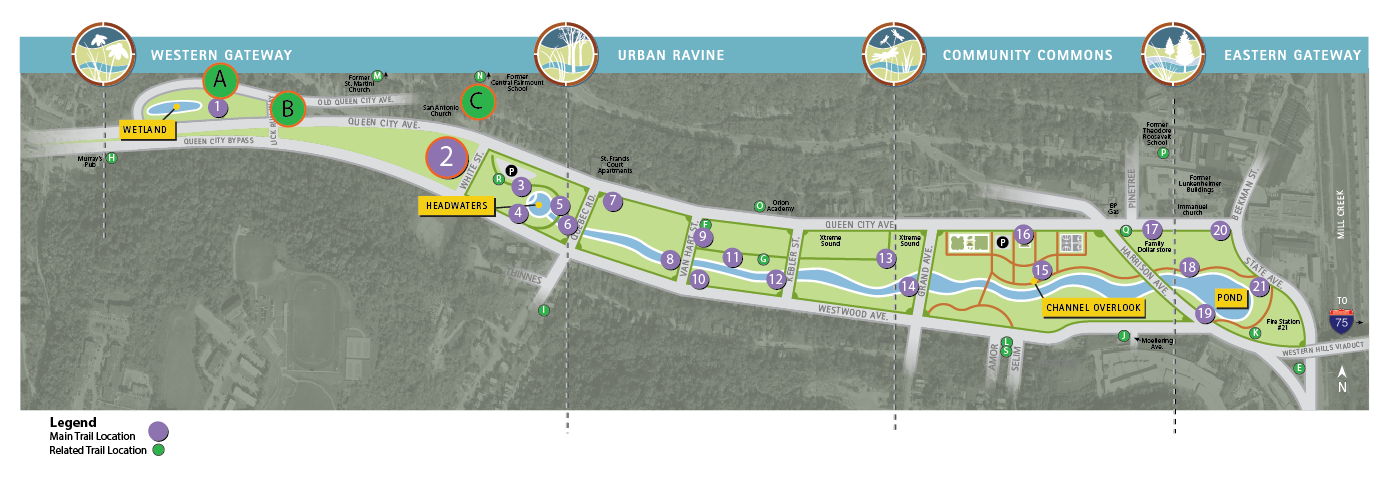
Walking Tour? VIEW THE TRAIL LOCATION IN GOOGLE MAPS >
The Little Italy trail location includes a main stop at Trail Location 2 and three related stops:
- TRAIL LOCATION 2: SOUTH FAIRMOUNT's LITTLE ITALY' >
- TRAIL LOCATION A: STORIES OF LITTLE ITALY - FAMILY, HERITAGE & COMMUNITY >
- TRAIL LOCATION B: VINEYARDS >
- TRAIL LOCATION C: SAN ANTONIO CHURCH >
TRAIL LOCATION 2: LITTLE ITALY
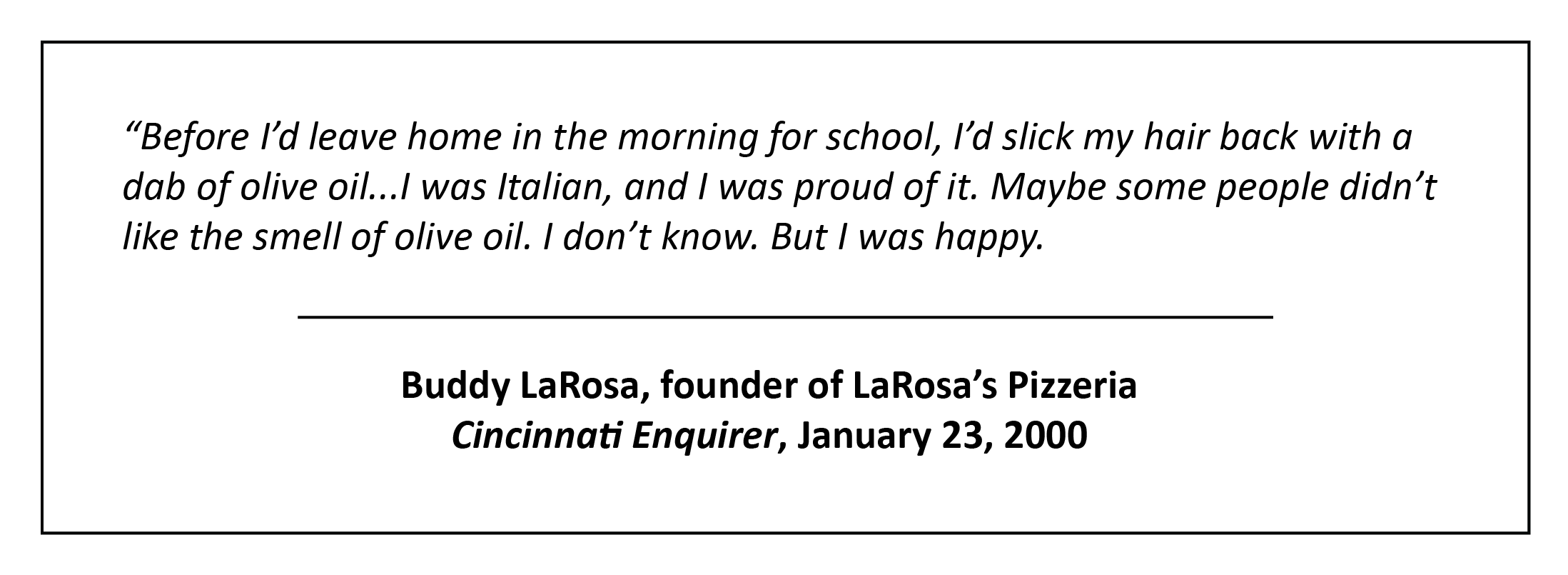
Beginning in the early 1800s, Italian families with dreams of a better life left their homeland to begin anew in America. At first, most of the Italians who immigrated to Cincinnati settled in downtown, near what is now Court Street. By the early 1900s, however, overcrowding in the city center led to a new wave of immigrants resettling in South Fairmount (known as Fairmount until the 1920s). By 1930, about 140 Italians were living along Queen City Avenue between Quebec Road and Tillie Avenue.
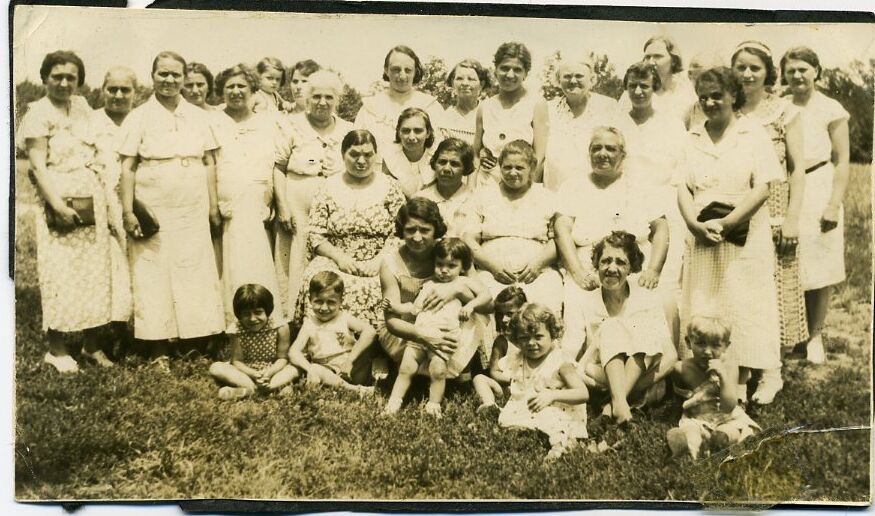
Upon arrival, the immigrants took on jobs as tailors, mechanics, and laborers, a departure from their previous work as farmers. Although their occupations changed, residents managed to incorporate the customs of their homeland into their new surroundings. In this close-knit community, vegetable gardens and chicken coops were a common sight.
Despite at least two nearby grocery stores, Italian immigrants preferred to grow or raise most of what they ate. According to some who lived in the area at the time, the gardens weren’t limited to just backyards; the surrounding hillsides were also used for planting, especially grapevines.
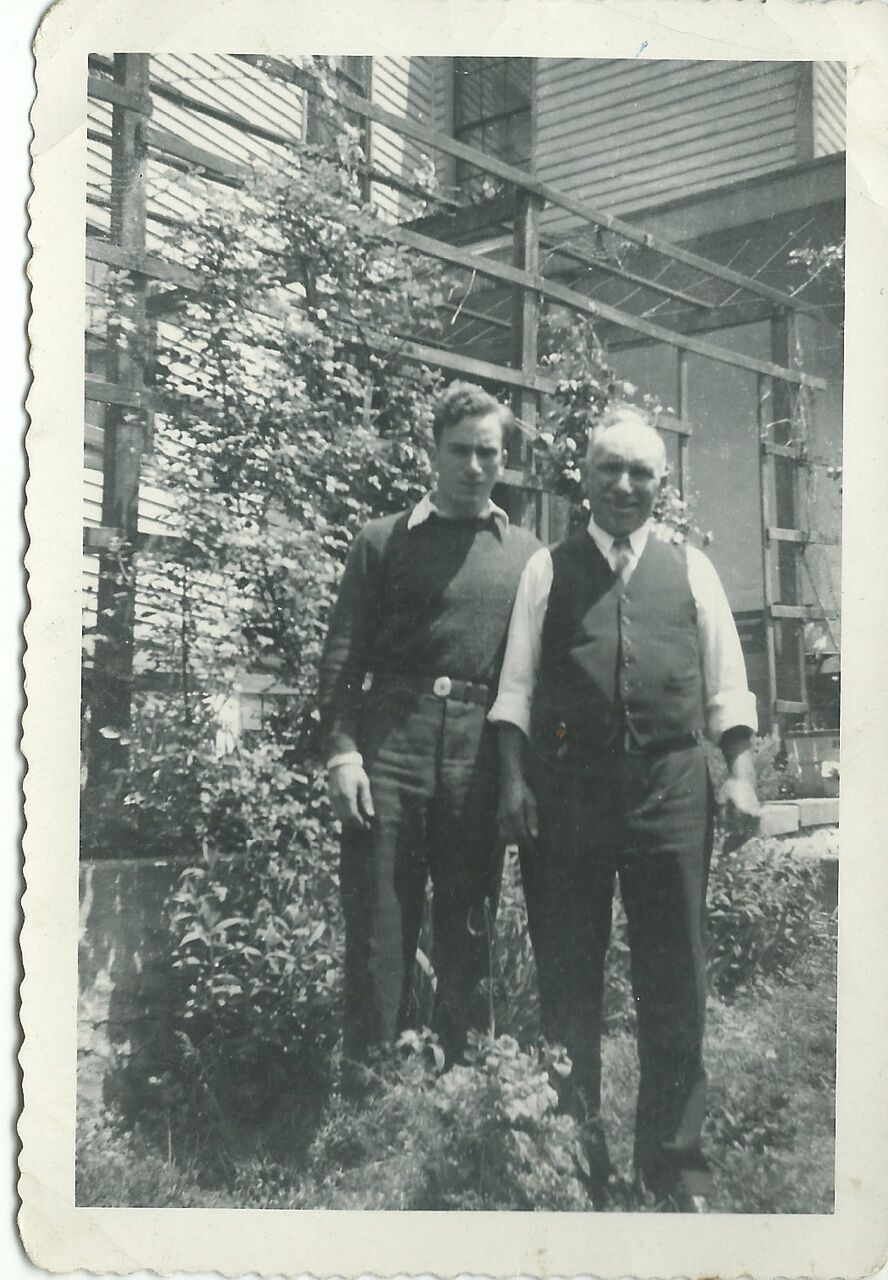
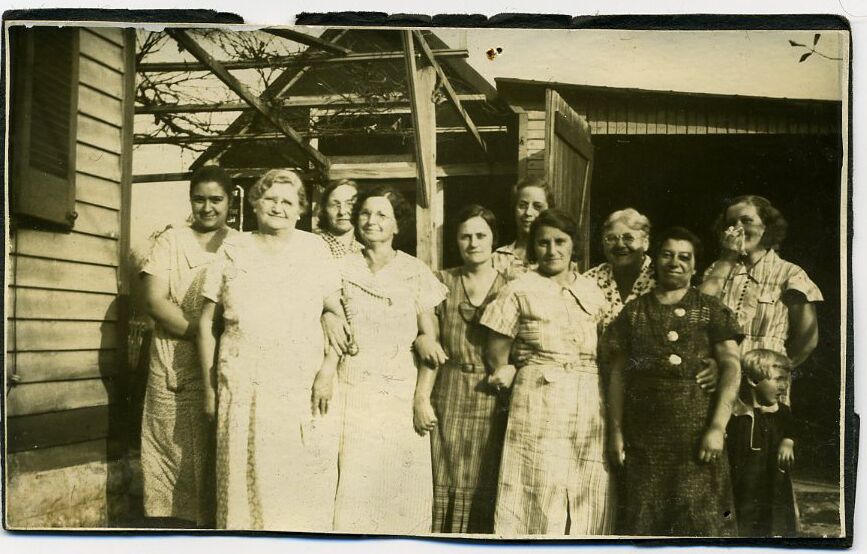
Equally central as gardens and vineyards to the life of Italian immigrants in South Fairmount was their connection to the Catholic Church. By 1922, San Antonio Church was established and quickly became a central part of community life. Even while operating from a feed store on Queen City Avenue for six years, the chapel was vital at helping new residents settle in the area. Church services held in Italian and annual spaghetti suppers helped keep Italian heritage and tradition alive, making a foreign country feel more like home.
Around 1950, not long after San Antonio Church moved to its current location at the northwest corner of Queen City Avenue and White Street, South Fairmount’s Little Italy started to lose many of its Italian residents to suburban neighborhoods. By the late 1970s, most of the Italian population was gone.
Yet, current parishioners who moved on to other neighborhoods still find a sense of home in South Fairmount and remain connected to the church. We can still find a glimmer of the old Italian neighborhood in institutions like San Antonio Church, which serves as a testament to the time when a little part of southern Italy was reflected in the streets of Cincinnati.
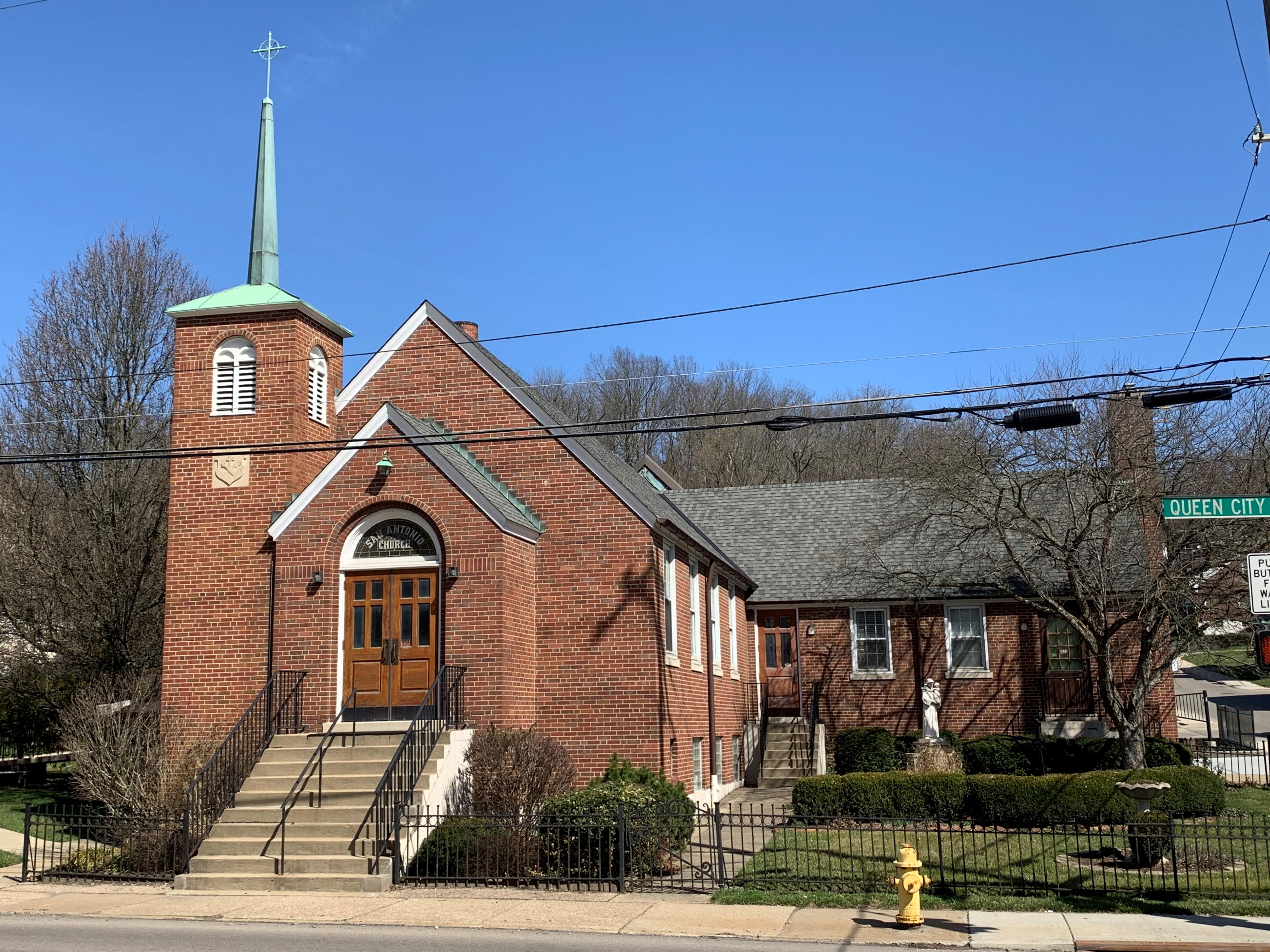

- Many children from Little Italy attended the former St. Bonaventure school on Queen City Avenue.
- Buddy LaRosa, founder of LaRosa's Pizzeria, grew up in Little Italy and lived on Queen City Avenue.
TRAIL LOCATION A: STORIES OF LITTLE ITALY - FAMILY, HERITAGE AND COMMUNITY
In the early 20th century, South Fairmount’s Little Italy neighborhood echoed southern Italian life. Italian immigrants primarily arrived in Cincinnati during the late 19th century and after World War I.
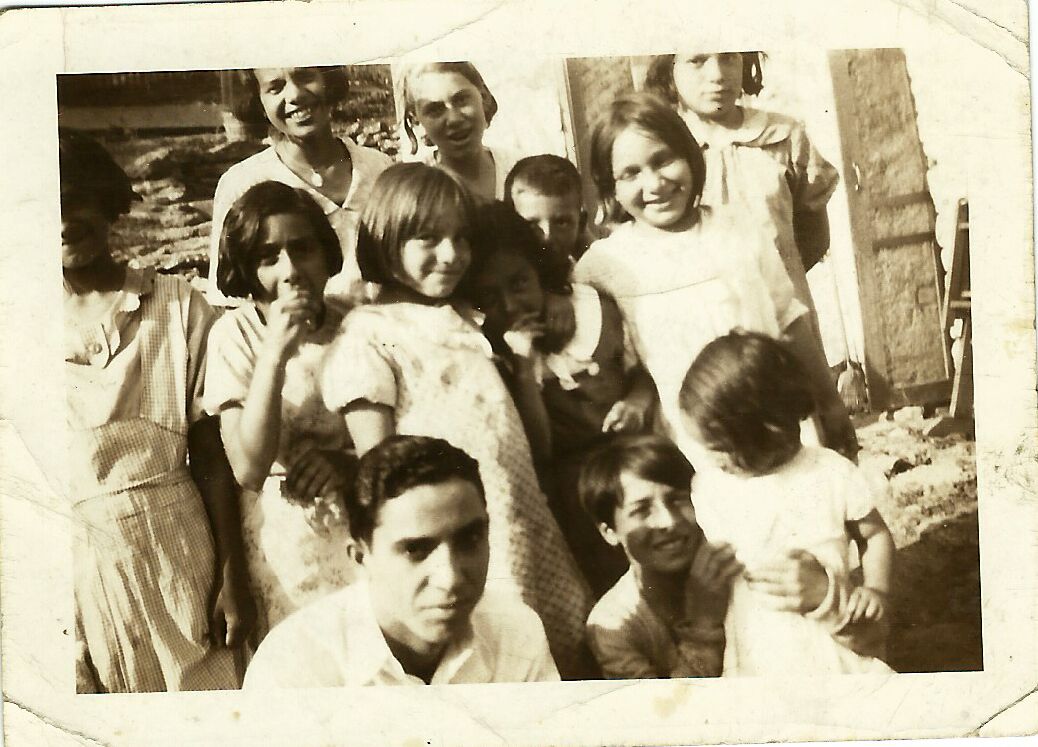
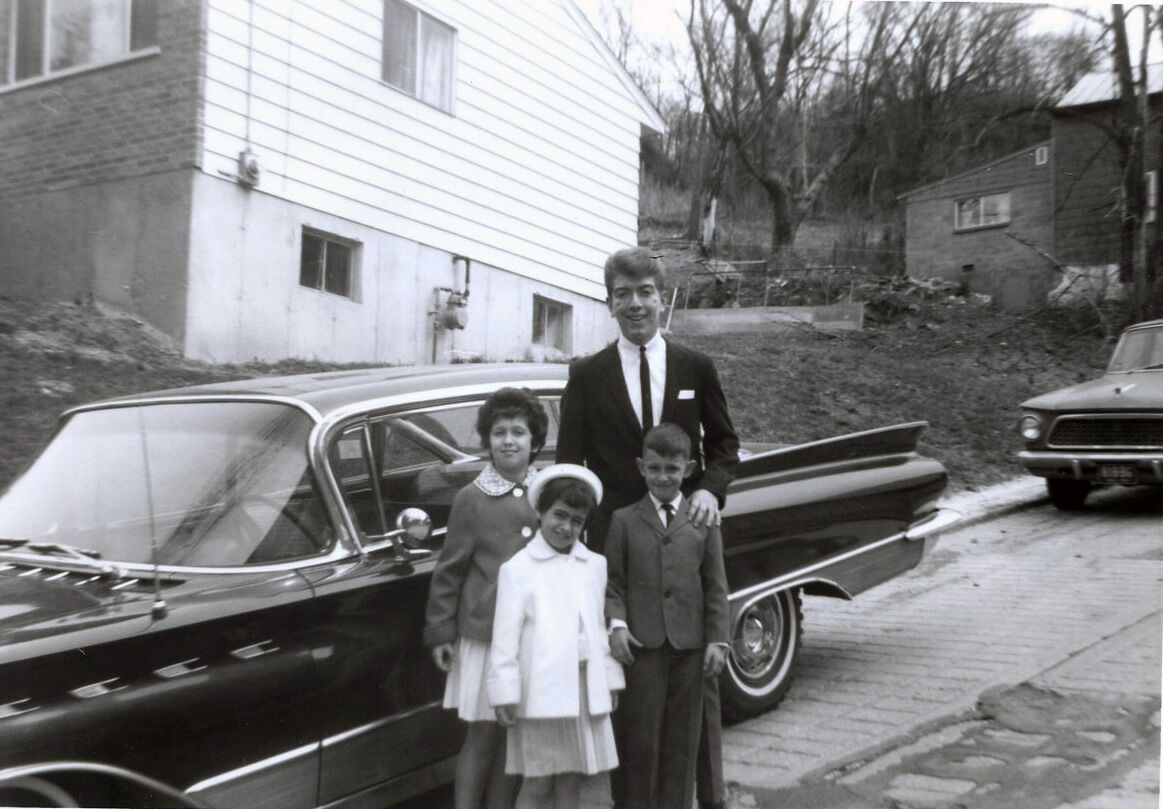
Previously settled by Germans during the 1800s, the neighborhood’s landscape had gradually transformed from a more industrialized area into a community-oriented setting, with mixed-use storefront buildings lining Queen City and Westwood avenues. Italians opened up small businesses and continued many of their southern Italian traditions, such as farming, gardening, and raising chickens, which was often done in their backyards. Italian cuisine was not lost on immigrant families either, as spaghetti dinners became an annual event at San Antonio Church, the local church most frequented by Italians.
Voices of Little Italy
Richard Minella, one of the original San Antonio Church members, on growing up in Little Italy:
Phil Sabatelli, longtime San Antonio parishioner, on growing up in Little Italy:
TRAIL LOCATION B: VINEYARDS
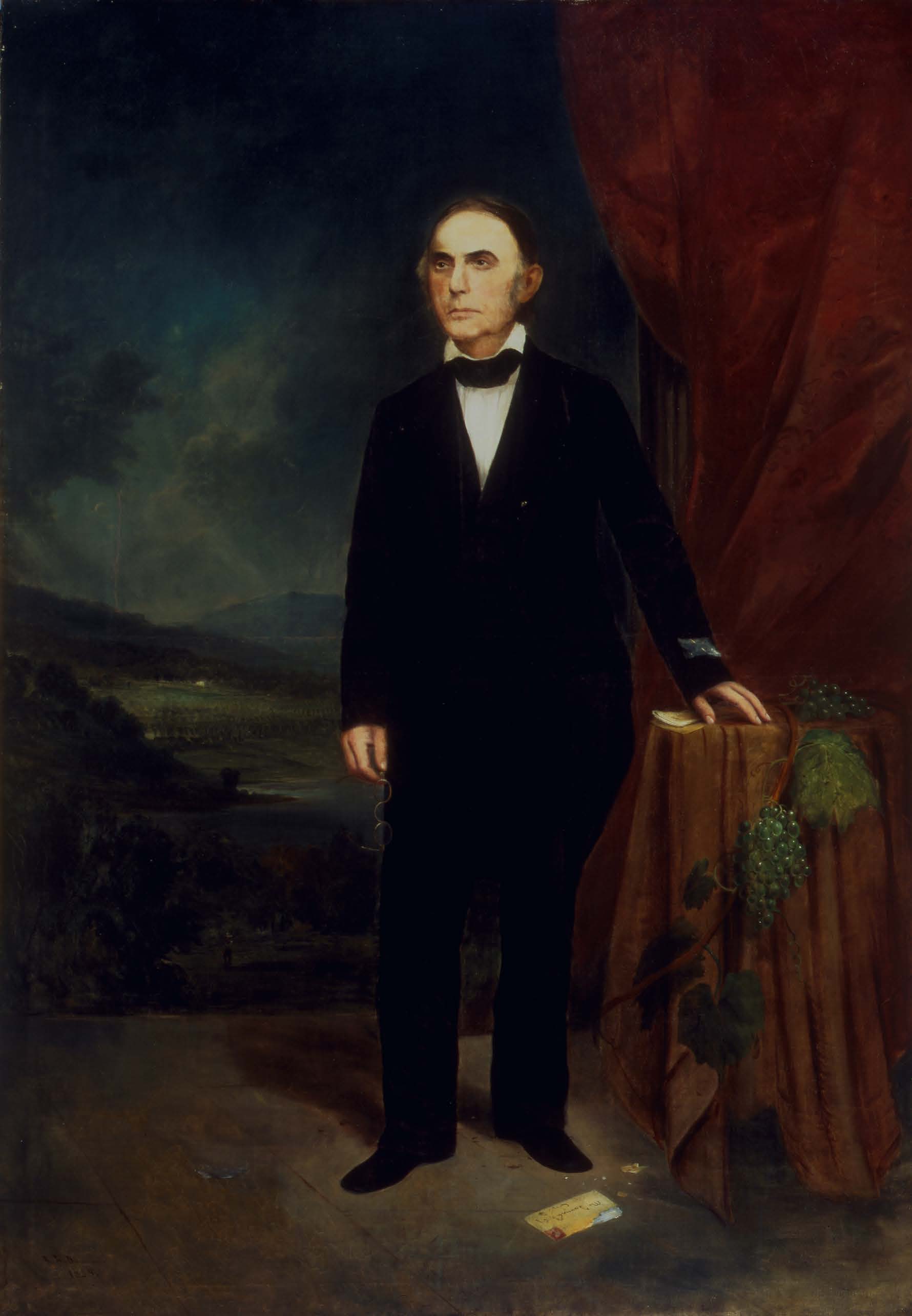
The hillsides of South Fairmount are intimately linked to Ohio’s brief history as the epicenter of American winemaking in the 19th century. Nicholas Longworth (1783–1863), who has been called the “Father of American Grape Culture,” used some of the hillsides along the Lick Run stream for terraced vineyards in his growing winemaking empire.
Longworth first came to Cincinnati in 1803 and began experimenting with viticulture (grape growing) in the 1810s. In 1823, he began using Catawba grapes to make wine locally, primarily selling to German immigrants who were nostalgic for their homeland. By 1844, Longworth had 91 acres of vineyards that annually produced 20,000 gallons of wine. An accidental double-fermentation of the Catawba wine yielded a batch of Catawba sparkling wine, which gained Nicholas Longworth international recognition as a viticulturalist.
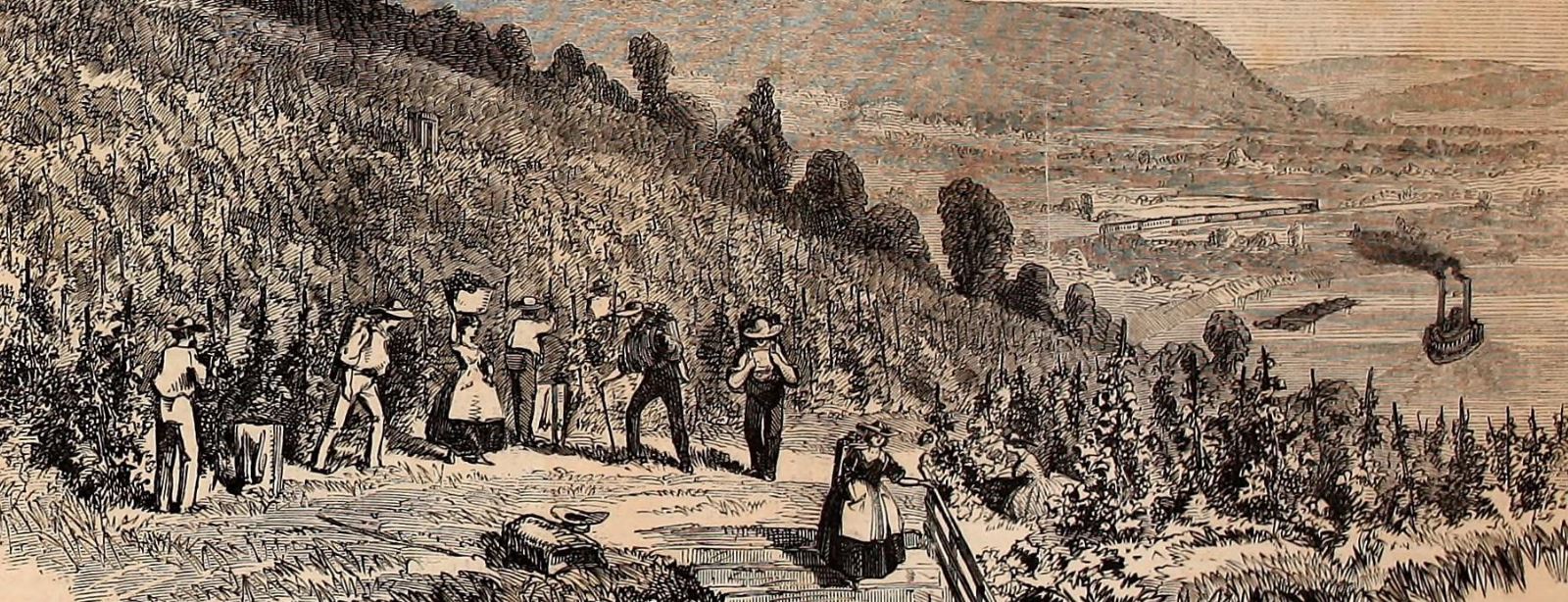
In 1850, Longworth praised the beauty of the vineyards in the Cincinnati Gazette: “Lick Run in our immediate vicinity will make one of the most beautiful rural spots in the world. It will soon be a continuous line of vineyards.” Longworth’s sentiments were the impetus for local wine tourism at his Garden of Eden, which was later publicly donated and renamed Eden Park (located in present-day Mt. Adams). Besides Catawba grapes, Longworth’s gardens also contained rare and valuable plants, wildflowers, and even strawberries, which he sought to commercially grow and affordably sell to locals.
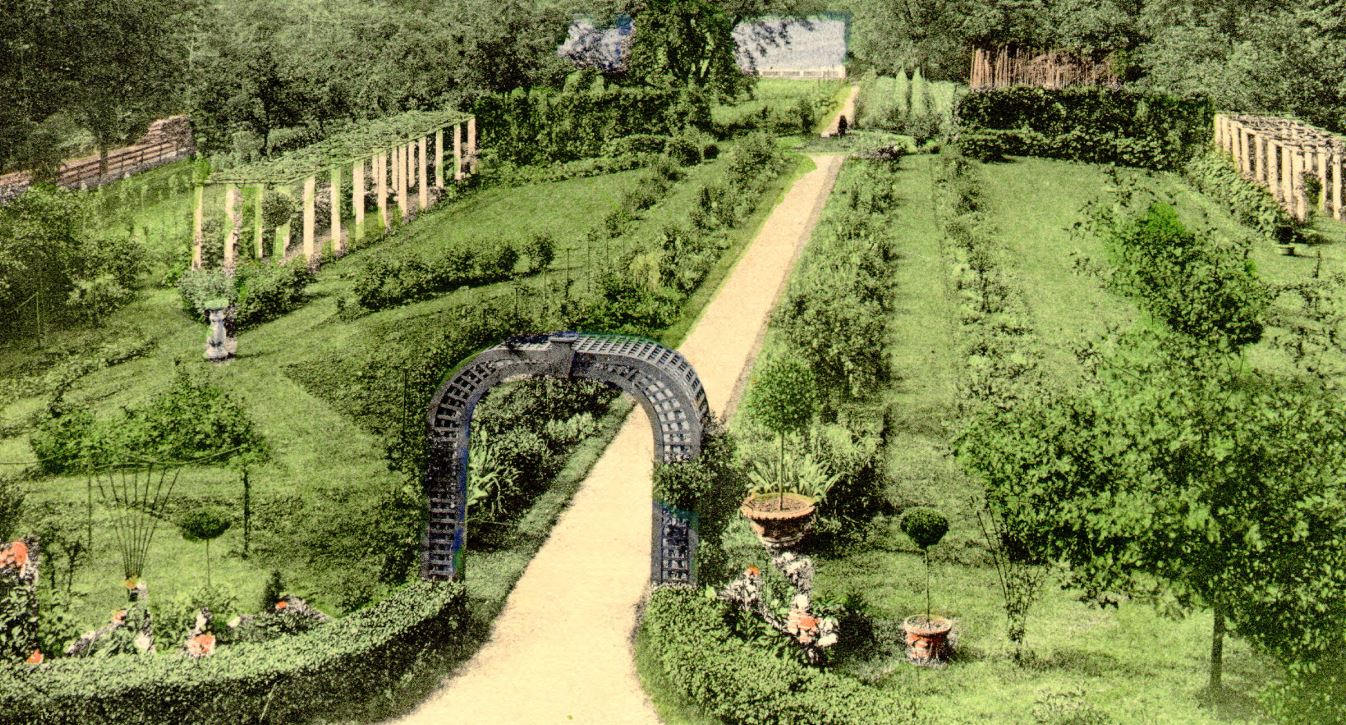
What is a terraced vineyard?
Growing grapes for wine on hillside terraces is a time-honored practice that can be traced as far back as Roman times. In order to increase the area for growing grapes on hills and prevent soil erosion, the hillside slope is cut into a series of flat areas that resemble steps called terraces. Terraced vineyards can be difficult to harvest but produce a distinctive tasting wine.
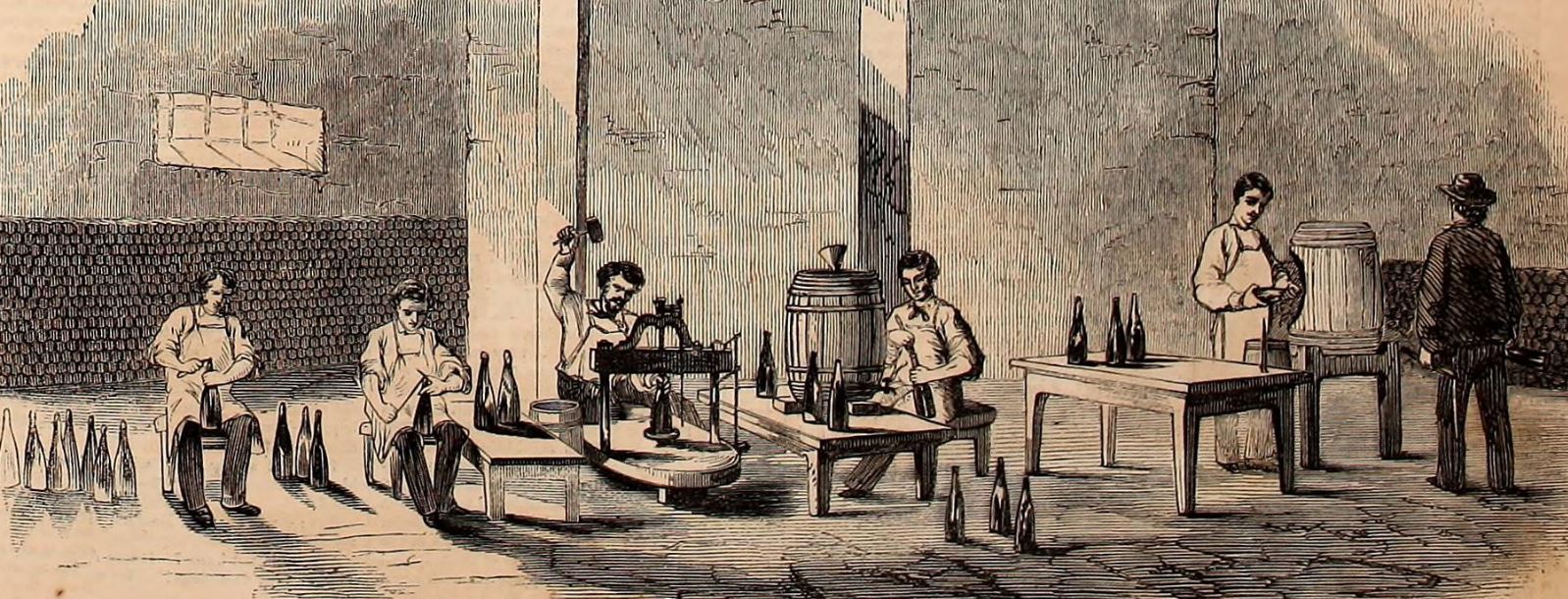
As a devoted horticulturalist, Longworth promoted the importance of Midwestern picturesque landscapes for fruit speculation and viticulture tourism. He valued community and urban development within the Cincinnati area and helped facilitate the city’s growth though personal investments and land donations. However, by the 1860s, degraded soil, black rot, and mildew-damaged vines stunted the growth of the crops. This, coupled with the growing popularity of California wine making, resulted in declined wine production in the Cincinnati region.
By the 1920s, Longworth’s winemaking enterprise had all but disappeared, and a wave of Italian immigrants ushered in a new era of winemaking. These newest residents used the hills west of Quebec Street to grow grapes for wine, in attempts to produce two crops per year. The vineyards planted in South Fairmount at this time produced small quantities for family consumption. This small-scale production helped the family vineyards survive during Prohibition, which allowed home winemaking on a limited basis. Although the wine produced by Italian immigrants was not sold commercially at the level of Longworth’s wine, its importance cannot be understated. The vineyards provided a view, and taste, of a far-away home, to those in a strange new land.
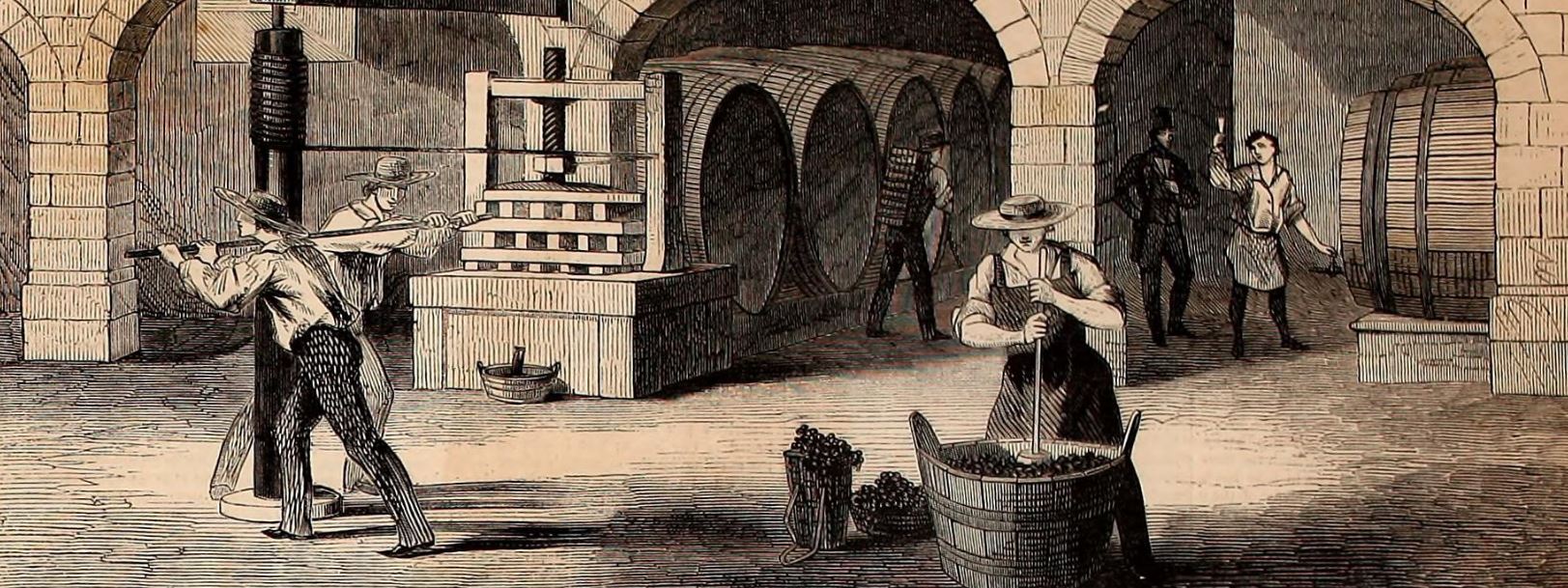

- During the mid-1800s, Longworth encouraged land owners to rent 15–20 acres of land to German immigrants so they could cultivate vineyards and orchards to provide reliable and stable work for the entire family.
- Many local Germans sought out the fertile soils along the hillsides of Lick Run, converting the then rural landscape into lush vineyards.
- In 1850, there were 300 vineyards within a 20-mile radius of Cincinnati.
- The present-day Taft Museum of Art (est. 1932) was the former residence of Nicholas Longworth; however, the Federal-style home was originally built for another prominent businessman, Martin Baum, in 1820, and is considered to be the oldest domestic wood-framed building in Cincinnati.
- Longworth was an abolitionist and art enthusiast who commissioned Robert S. Duncanson (1821–1872), one of the first internationally recognized African American landscape painters, to paint murals in his home, circa 1840.
- As the biggest winemaker in the region, Longworth became Cincinnati’s first millionaire by 1825 and the second richest person in America by 1838.
- Upon accumulating his wealth, he became a philanthropist, who donated land in Mt. Adams (originally called Mt. Ida, but renamed Mt. Adams after a visit from John Quincy Adams) to open the city’s first observatory.
TRAIL LOCATION C: SAN ANTONIO CHURCH
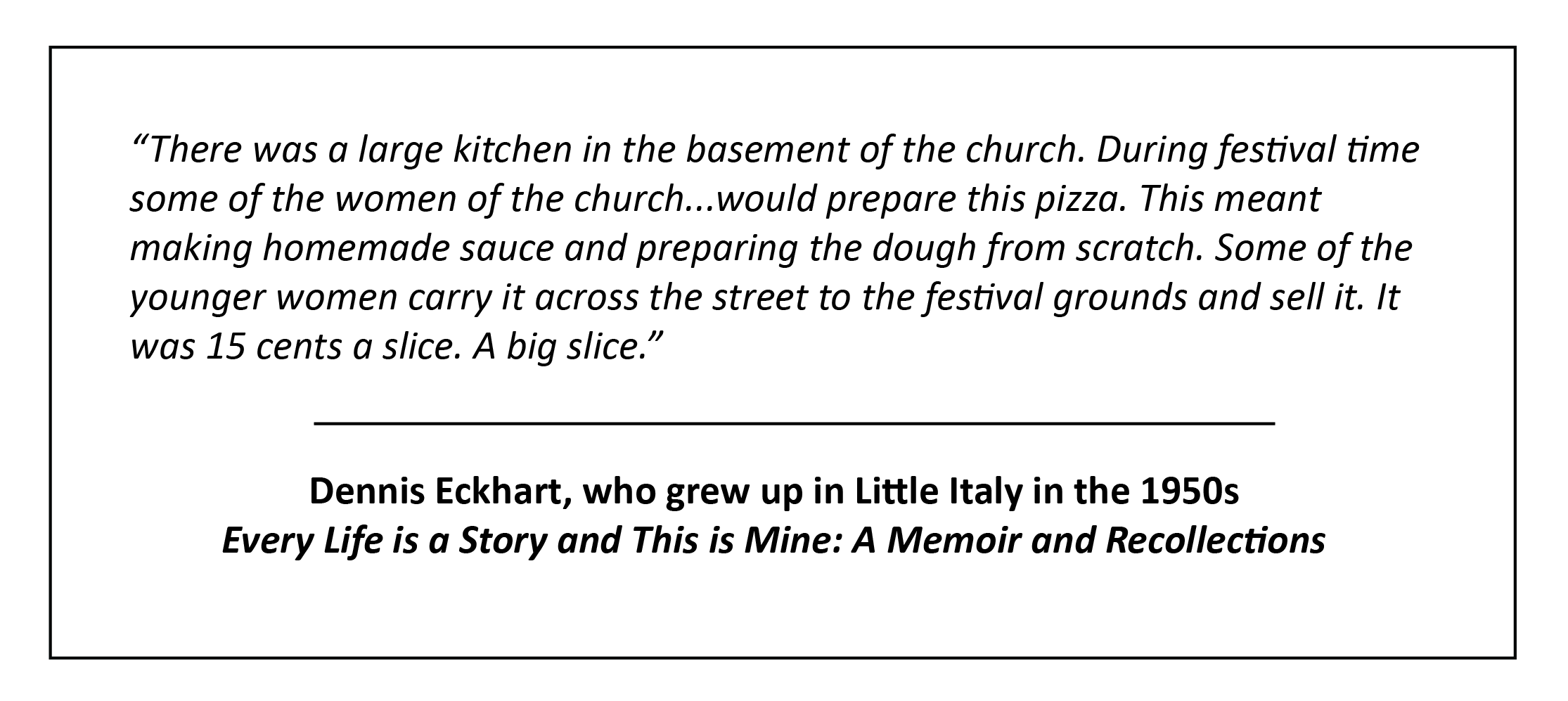
The arrival of immigrants from southern Italy to Fairmount in the early 20th century would change the way the community lived and worshipped. Many of these new residents were Roman Catholic and were quick to join the St. Bonaventure parish. However, it soon became obvious this predominantly German church was not fulfilling the Italian’s spiritual and cultural needs. Thus, San Antonio Church was born.
San Antonio’s roots began in the St. Anthony Welfare Center and Neighborhood Center, which led to the establishment of the St. Anthony of Padua Chapel in 1922. Despite its original location inside a feed store on Queen City Avenue for six years, both the center and the chapel were crucial at assisting new immigrants settle in the area. It also served as a community center where Italians could worship and celebrate their common heritage.

The present church at 1950 Queen City Avenue was constructed in 1940. In 2009, San Antonio Church became part of the Church of Holy Family parish, which is based in Price Hill.
Some of the fondest memories of South Fairmount’s Little Italy community are of the annual festivals held at San Antonio Church. Like many community Catholic churches in Cincinnati, San Antonio held a yearly celebration to raise funds. In a story from the 1950s, a local resident recounts how San Antonio’s festivals included something special that was not as common then as it is today—pizza! In fact, pizza was virtually unheard of in Cincinnati until the “Ladies of the Lot” of the San Antonio church sold them at this annual festival as early as the 1930s.
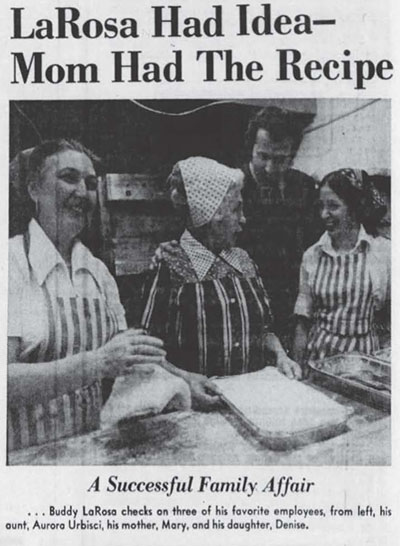
More Voices of Little Italy
Buddy LaRosa, founder of LaRosa's Pizzeria, on growing up in Little Italy and the role of San Antonio Church in the community
Richard Minella on the construction of San Antonio Church:
Richard Minella on San Antonio Church festivals:

- Buddy LaRosa’s famous pizza debuted in 1953 at a San Antonio Church festival. His Aunt Dena developed the family sauce recipe when serving as one of San Antonio’s original “Ladies of the Lot.”
- In July, San Antonio church would hold a yearly procession honoring the Madonna diCostantinopoli, the patroness of fishermen. Italian parishioners would parade her statue through the streets, as they do in southern Italian villages, and shoot off fireworks to celebrate her feast day.
- Although families who could afford to do so often moved to Western Hills after World War II, they stayed active in San Antonio, regularly attending Sunday Mass and participating in festivals.
- What exactly is Western Hills? Western Hills is an informal term for suburban communities on Cincinnati’s westside, such as the Price Hill and Westwood neighborhoods, as well as the City of Cheviot.